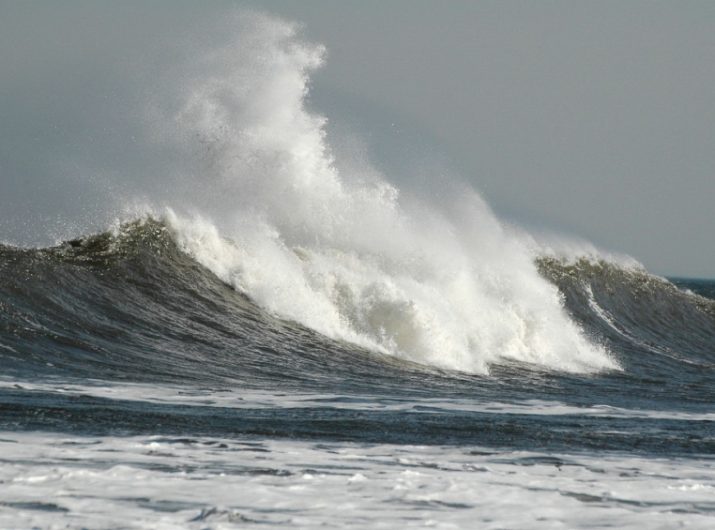Since I teach kayaking, I find myself often talking to students about weather and science behind weather forecasting. I used to always be nervous talking about weather since it can be one confusing monster to understand (let alone explain) and even the best meteorologists can get it wrong (especially when predicting your upcoming weekend weather).
Over the past several years, one of my goals has been to figure out ways to explain the science without overloading students with extremely technical descriptions or complex lectures. With that in mind I’m always on the lookout for new resources.
The other day I stumbled upon this really good video published by PBS that explains where wind comes from. You should take a look.
Quick Teaching Tip: If you find yourself struggling to find resources or ways to communicate a particular theory topic (eg. navigation); focus on resources online that are aimed for teachers in elementary schools or kids themselves. The information is often presented in a more simplified style and the depth of knowledge is often just perfect for your students.
For example, I found this amazing article that goes in a touch more depth about what causes wind and the influence temperature has on the weather machine.
Here’s something that’s pretty amazing: all of the tiny, invisible molecules that make up the air have weight. They don’t weigh very much (you couldn’t put one on your bathroom scale), but their weight adds up, because there are a LOT of molecules in the air that makes up our atmosphere.
All of that air is actually pretty heavy, so the air at the bottom of the atmosphere (like the air just above the ground) is getting pressed on by all of the air above it. That pressure pushes the air molecules at the bottom of the atmosphere a lot closer together than the air molecules at the top of the atmosphere.
And, because the air at the top of the atmosphere is pushing down on the air at the bottom of the atmosphere, the air molecules at the bottom REALLY want to spread out. So if there is an area where the air molecules are under high pressure (with a lot of weight pushing down), the air will spread out into areas that are under lower pressure (with less weight pushing down).

Hello David
Thank you for this link, lovely explanation
Best wishes
Rob Pealing